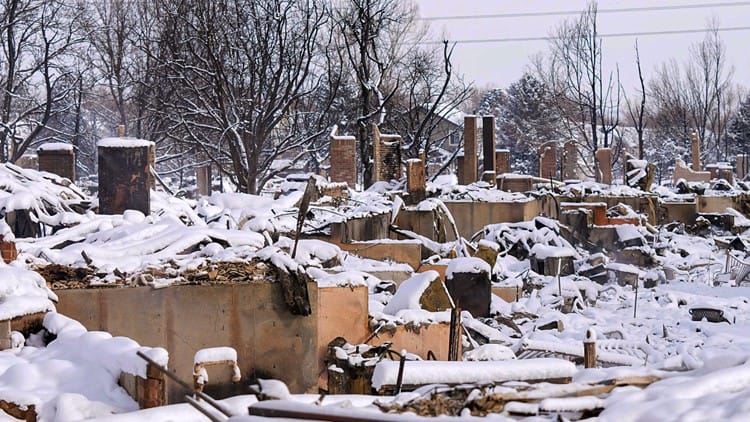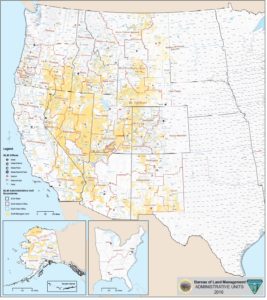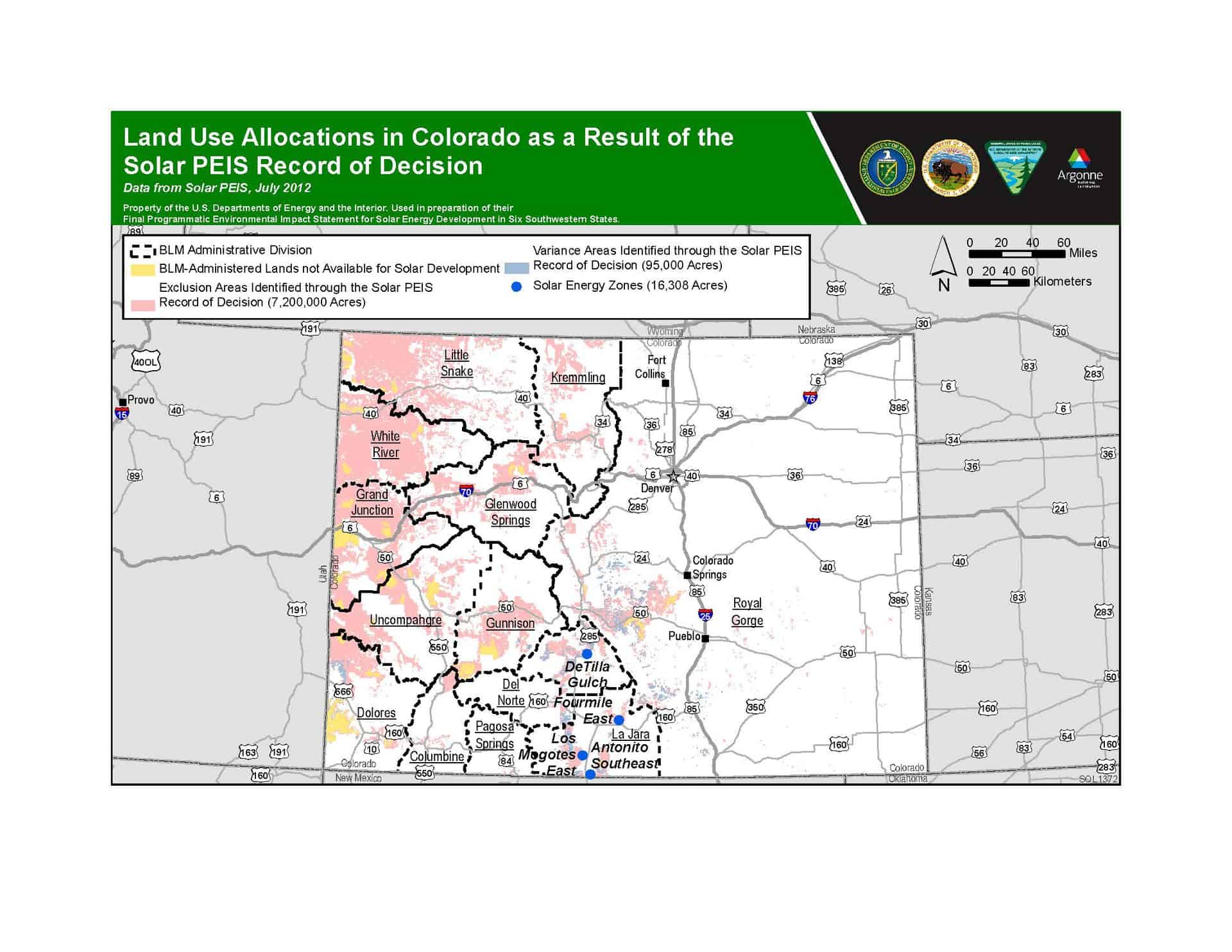
Steve Ellis wrote this piece for our own Steve Wilent’s Natural Resource Management Today. Here’s the link. It’s on page 18.
I thought it might open up an opportunity for an interesting discussion. Do you agree with these? Do you have others to add? Do you have stories you’d like to share about experiences good and bad? Lessons learned? Aspects that remain puzzling?
12 Fundamentals of Effective Leadership
By Steve Ellis
I have watched various leaders and leader ship styles during a federal natural resource career that spanned almost four decades. During this time, I also observed how employees and the public responded to different styles of agency career leadership. I recently made a list of what is hopefully useful advice for others who strive to be successful leaders within agencies, companies, nonprofits , and other organizations. It is based on my observations and experience in working for both the Forest Service and Bureau of Land Management at many levels of tl1e organization, in both the field and Washington, D.C. This list is not intended to be in priority order as they are all fundamentally important. The list could reasonably be longer, but I decided to limit it to 12.
- Be ethical. To me this includes principles of sound natural resource management as well as integrity, honesty, and fairness. They are all key to being a true natural resource professional. I think most people know what is right and what is wrong regarding conduct, and what is lawful and what isn’t. An effective leader leads by example and encourages the professional and personal development of fellow employees and colleagues. Together, you will help build a positive image of your organization internally and with the people they serve.
- Routinely communicate with employees and be truthful. If there are still unknowns, tell them as such.
- Be honest with employees, your organization’s partners, and the public. Give reasons for the decisions you make. Employees and the public have the capability to figure things out and trying to mislead them has the potential of reducing your credibility.
- Treat employees with respect, regardless of where they work in an organization. I always watched how leaders treat people regardless of their status in the organization. When I checked references before hiring an individual into a leadership position, I always looked down as well as up. By that I mean ask people who worked for and were subordinate to the candidate what they saw as the individual’s strengths and weaknesses. Good leaders evolve from good followers.
- None of us are irreplaceable. If you think you are, get over yourself It’s not about you, but about your team working together to accomplish the organization’s mission. Everyone has a key responsibility in getting the job done, regardless of their ability and where they work in the organization.
- Strive for having people in your workforce with a positive attitude. If a person has a positive attitude, they can generally learn or acquire skills they are deficient in. I always placed an emphasis on attitude when hiring people. Negativity can poison a work environment. Deal with issues involving performance and conduct as promptly as the system permits. Make sure to follow approved procedures in addressing such matters. Avoid letting emotions or political pressure trip you up in the process. If you want an inappropriate conduct or adverse personnel action to legally stick, document it every step of the way and follow the procedures and process.
- Recognize that people have different skills and abilities. Work to find the best fit for an individual, one that that brings out their strengths.
- Always watch for potential diamonds in the rough. I have seen unassuming employees blossom into becoming terrific leaders, given the opportunity. I would also always watch for the introverts who may not be the first to speak up, but may have tremendously valuable input and ideas.
- You are always being watched, so set a good example. Your actions and the words you say matter.
- Stay calm in a crisis. Others will be watching and your behavior and response in a crisis will affect their reaction. Don’t act as if your hair is on fire. Being calm and collected also helps you think more clearly. My experience working on complex wild fires helped me with this. I vividly remember the day when gunfire rang out just out side our office building and several anxious employees scurried into my office, visibly alarmed about an active shooter who had tragically shot someone in the employee parking lot and was now on the bottom floor of our 3-story building. As a group, we quickly secured the upper two floors to deny the individual access to our work areas. I was impressed with how composed employees were in such a pressing situation. The gunman was apprehended by local law enforcement before he could harm anyone else.
- Some people feel powerful behind a keyboard. My best advice is to be careful what you put in an email or text message. It’s a “paper” trail that reflects on you and can easily be shared. Think before you click on the send button.
- Always remember that it is your career colleagues who will carry you through out your career, so maintaining a good rapport with them is important. Within agencies, political appointees come and go with elections, but for the most part your career colleagues remain. This career camaraderie can even carry and maintain its relevance into retirement. Also, it’s helpful to be a member of, and active in, professional societies. Positive relationships with colleagues in your field of expertise benefits your organization and contributes to your personal development and continuing education.
Steve Ellis’s federal career spanned 38-years and included 14-months as a Congressional Fellow in the U.S. Senate. He held leadership positions with both the US Forest Service and Bureau of Land Management (BLM) . He retired as deputy director of operations, BLM’s senior career position in Washington, D.C., in December 2016. He is chair of the National Association of Forest Service Retirees. He holds a bachelor’s degree in forestry and a masters in geographic and atmospheric science.



